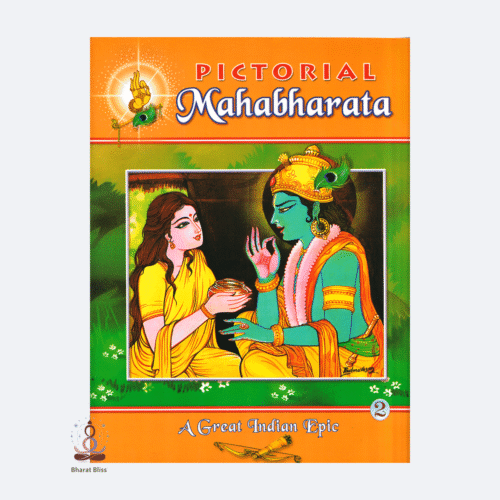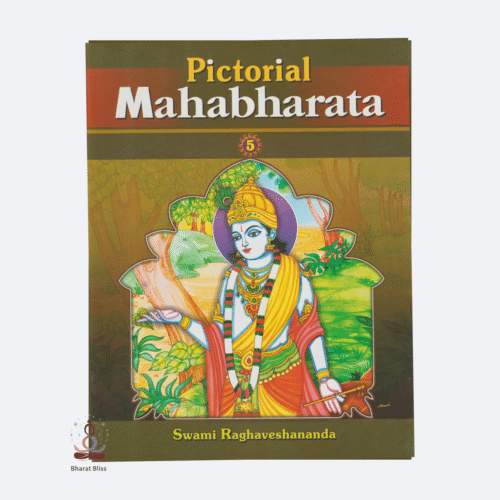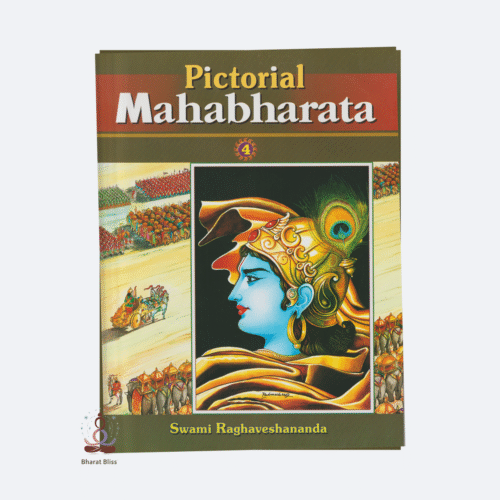1. The Divine Beginning
-
Scene: Sage Vyasa dictating the Mahabharata to Lord Ganesha, who writes it with his tusk.
-
Description: In a forest ashram, Vyasa chants verses with a glowing aura, while Ganesha listens intently, writing rapidly on palm leaves.
2. The Kuru Princes at Play
-
Scene: Young princes—Kauravas and Pandavas—training under Guru Drona.
-
Description: Archery, swordplay, and chariot races fill the royal training ground. Arjuna shines brightest, with Drona watching proudly.
3. Draupadi’s Swayamvar
-
Scene: Princes gathered in a royal court as Draupadi awaits her husband.
-
Description: Arjuna, in disguise, strings a massive bow and hits the target, winning Draupadi. The Pandavas return home and say, “We brought alms,” and their mother Kunti says, “Share it equally.”
4. The Dice Game
-
Scene: Shakuni rolling dice against Yudhishthira in a glittering court.
-
Description: With every roll, the Pandavas lose land, wealth, and finally Draupadi, who is dragged to court and humiliated—until Krishna saves her with a miracle.
5. The Exile
-
Scene: The Pandavas in the forest, dressed in simple robes.
-
Description: They walk barefoot, alongside Draupadi. Arjuna seeks divine weapons, and Bhima encounters Hanuman.
6. Krishna’s Peace Mission
-
Scene: Krishna standing in the Kaurava court, proposing peace.
-
Description: He raises his hand in appeal, but Duryodhana sneers. Krishna reveals his divine form, shining like a thousand suns.
7. The Kurukshetra War Begins
-
Scene: Two massive armies facing each other across a vast battlefield.
-
Description: Conches blow. Banners wave. Arjuna hesitates to fight his kin, and Krishna delivers the Bhagavad Gita atop a golden chariot.
8. The Fierce Battle
-
Scene: Arrows rain like fire. Heroes fall. Ghatotkacha, Abhimanyu, Bhishma, Drona, and Karna meet tragic ends.
-
Description: War rages for 18 days. The field turns red. Dharma and destruction clash under the gaze of fate.
9. Duryodhana’s Fall
-
Scene: Bhima strikes Duryodhana’s thigh in a mace duel.
-
Description: Duryodhana falls, defeated. Ashwatthama takes revenge at night, killing the sleeping sons of the Pandavas.
10. The End and Beyond
-
Scene: Yudhishthira crowned, but peace eludes him.
-
Description: Eventually, the Pandavas renounce the throne and walk toward the Himalayas. One by one, they fall, except Yudhishthira, who reaches the gates of heaven













